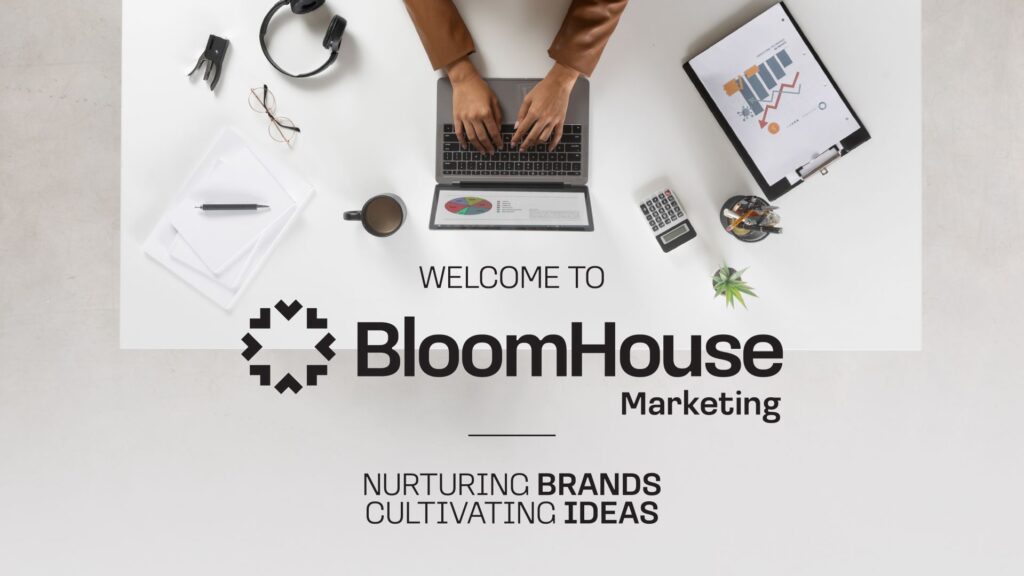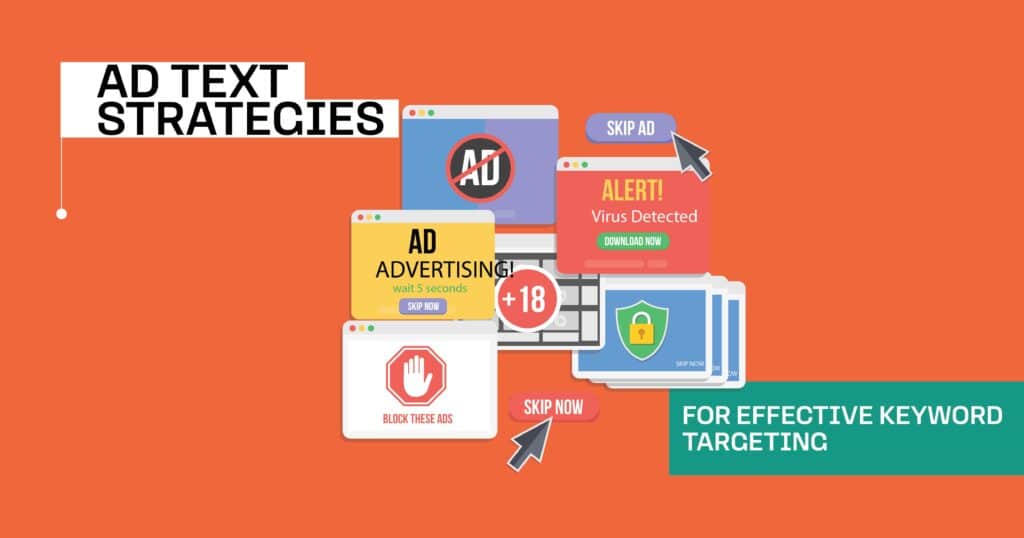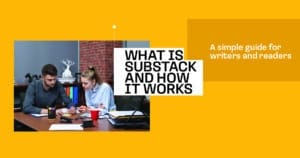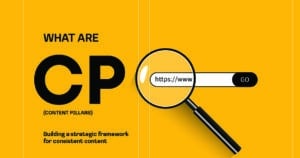In the crowded world of digital marketing, where every brand is competing for attention and every click matters, the quality of your ad text can make or break a campaign. Even the most sophisticated targeting and bidding strategies won’t deliver results if your message doesn’t connect. That’s where ad text creation becomes the star of the show – the art and science of crafting words that capture attention and drive action.
Effective ad text is the heartbeat of high-performing campaigns, from keyword selection to copywriting, persuasive messaging, and strategic structuring. Whether you’re optimizing Google Ads, launching a Meta campaign, or running multi-channel advertising, mastering ad text creation is key to turning impressions into conversions.
Crafting Effective Ad Text for PPC Campaigns
Pay-per-click (PPC) advertising is one of the most direct and measurable forms of digital marketing -and your ad text is its frontline. The goal is simple: match user intent with compelling copy. But behind that simplicity lies a structured approach to writing ads that resonate.

The Role of Keyword Selection in Ad Text Creation
Keyword selection is the foundation of every successful PPC ad. It ensures that your ad appears in front of the right audience at the right time -but more importantly, it shapes the language and tone of your message.
When users search online, they’re revealing intent through the words they type. Incorporating those keywords naturally into your ad text makes your ad feel like the perfect answer to their query. For example:
- High-intent keywords: Target users ready to act (e.g., “buy running shoes online”).
- Informational keywords: Capture users in the research phase (e.g., “best running shoes for beginners”).
- Brand-specific keywords: Strengthen visibility when users search for competitors or related products.
Crafting Engaging and Relevant Ad Headlines
Your headline is the first -and sometimes only -chance to make an impression. It needs to grab attention, resonate with intent, and entice users to click.
Here are a few headline strategies that consistently work:
- Include primary keywords: This reinforces relevance and improves ad rank.
- Address user pain points: Speak directly to the problem your audience is trying to solve.
- Use action-oriented language: Words like “discover,” “get,” “save,” or “learn” create momentum.
- Highlight unique value propositions: What sets your brand or offer apart?
Writing Persuasive Ad Descriptions to Drive Clicks
While the headline captures attention, the description seals the deal. This is where you build trust, show credibility, and give users a reason to act.
A strong ad description should:
- Expand on the headline: Provide more detail about the offer, service, or benefit.
- Use emotional triggers: Words like “exclusive,” “trusted,” “guaranteed,” or “limited” create urgency and desire.
- Include a clear CTA (call-to-action): Encourage users to “Shop Now,” “Get a Free Quote,” or “Start Your Trial.”
Leveraging Competitor Insights and Best Practices
The best marketers don’t work in isolation -they keep a close eye on the competition. Studying how other brands approach ad text can reveal powerful insights into what works (and what doesn’t) in your industry.
Utilizing Competitor Data to Improve Ad Performance
Competitor research isn’t about imitation -it’s about inspiration and strategic differentiation. Tools like SEMrush, SpyFu, and Ahrefs can help you analyze competitor ad copy, keyword usage, and performance trends.
Some insights you can gain include:
- Which keywords are driving the most clicks for competitors.
- How they position their value propositions in ad copy.
- The emotional triggers and CTAs they’re using successfully.
In fact, marketers who incorporate competitor data into their ad strategy see an average 28% increase in CTR (click-through rate) compared to those who don’t -proof that data-driven copywriting pays off.
Best Practices for Structuring Expanded Text Ads
Expanded text ads (ETAs) give you more space to tell your story -but structure is everything. A well-organized ad leads users smoothly from awareness to action.
Best practices for structuring ETAs:
- Headline 1: Include your primary keyword and address user intent.
- Headline 2: Add a key differentiator or benefit.
- Headline 3 (optional): Use this for urgency or a strong CTA.
- Description Line 1: Provide details that support the headlines.
Description Line 2: Include social proof, testimonials, or special offers.
A cohesive structure makes your ad easy to read, builds trust, and improves relevance, increasing CTR and conversions.
Enhancing Meta Ads Campaigns Through Effective Text Writing
Ad text works slightly differently on social platforms like Meta (Facebook and Instagram). Users aren’t actively searching—they’re scrolling. That means your copy must interrupt the scroll and capture interest instantly.
Compelling Meta ad copy often follows this three-part formula:
- Hook: A bold statement or question that stops users mid-scroll.
- Value Proposition: Clearly explain the benefit or solution.
- CTA: Encourage immediate action with a strong call-to-action.
Learn Common Mistakes to Avoid in Ad Text Creation With BloomHouse Marketing
Even experienced marketers make mistakes in ad text creation -but knowing what to avoid can save time, money, and frustration.
At BloomHouse Marketing, we help brands craft compelling, conversion-focused ad copy that resonates with the right audience. From keyword strategy to creative messaging, our team ensures your ads stand out -and perform.
Contact BloomHouse Marketing today to take your ad campaigns to the next level.
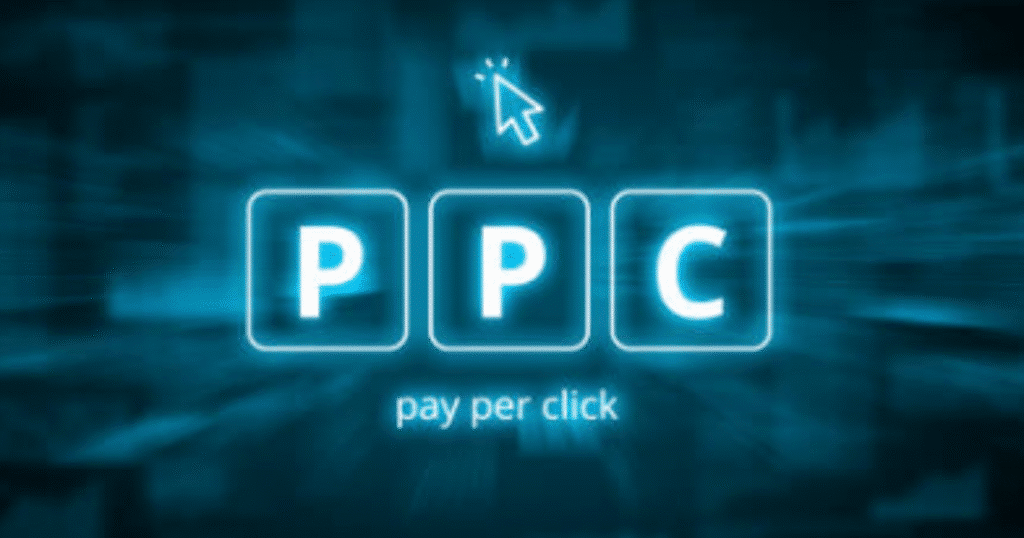
FAQs
How can keyword selection in PPC ad text boost SEO and improve digital marketing performance?
Strategic keyword selection ensures your ads match user intent, improve Quality Score, and increase visibility. It also strengthens SEO alignment, helping your campaigns rank higher and perform better.
What are some effective strategies for crafting engaging and relevant ad headlines to enhance branding and advertising campaigns?
Use primary keywords, address pain points, and highlight unique value propositions. Adding action verbs and emotional language can also significantly boost engagement.
How can persuasive ad descriptions drive clicks and optimize content strategy in Google Ads?
By expanding on your headline with clear benefits, emotional appeal, and a strong CTA, persuasive descriptions motivate users to take the next step, improving CTR and conversions.
Why is utilizing competitor insights crucial for improving ad performance in digital marketing and SEO optimization?
Competitor data reveals keyword opportunities, emotional triggers, and messaging strategies that work -helping you craft more competitive, effective ads.
What are the best practices for structuring expanded text ads to support effective ad text creation and copywriting?
Organize ads with clear, keyword-rich headlines, benefit-focused descriptions, and compelling CTAs. Consistent messaging and relevance to landing pages are key to high-performing ETAs.
